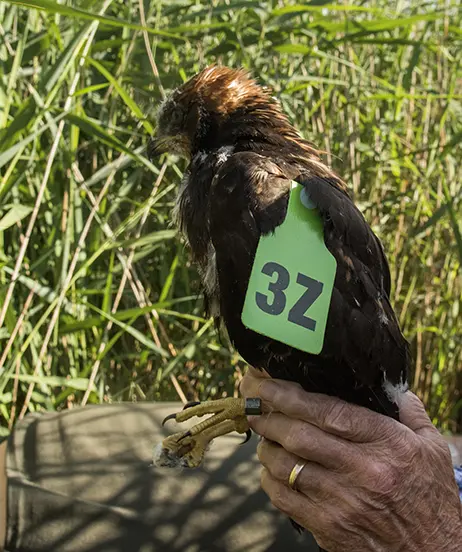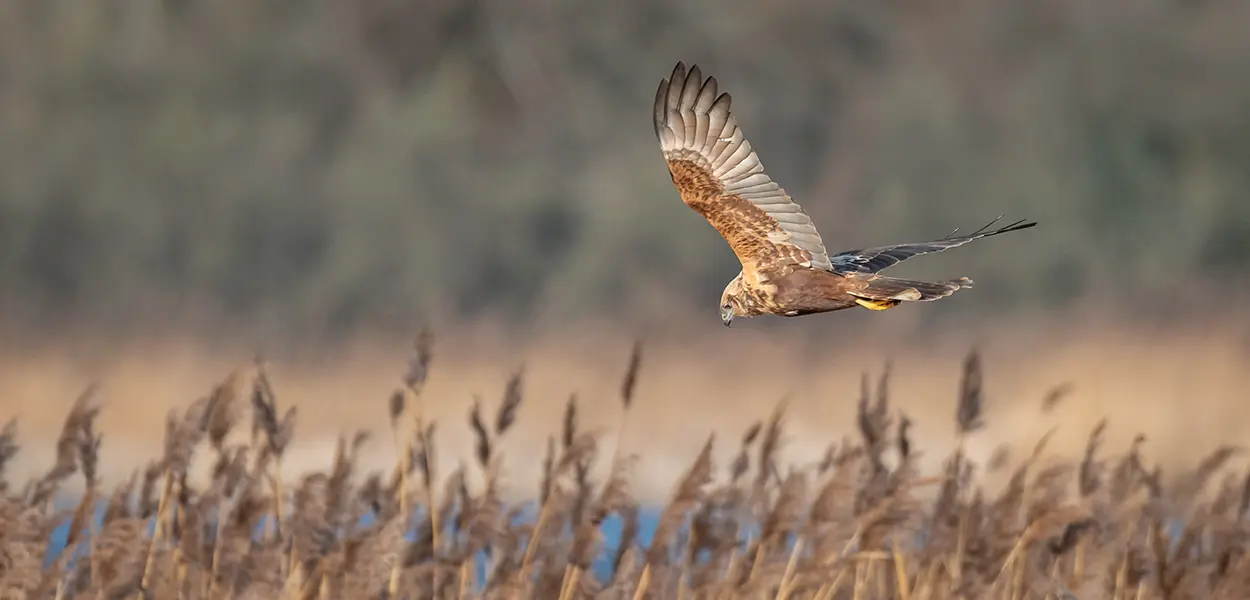 Marsh Harrier Wing Tagging Research Project
Marsh Harrier Wing Tagging Research Project
Since 2011, a dedicated team of ringer has been tracking the movement and behavior patterns of Marsh Harriers through an innovative wing tagging program. This long-term research initiative aims to unlock the mysteries of these magnificent birds of prey and their life cycles.
Understanding Our Feathered Friends
The project focuses on three key questions that have intrigued researchers and bird enthusiasts alike. They seek to understand how young Marsh Harriers disperse from their birth locations, whether they maintain a connection to their natal areas for breeding, and if they show preferences for familiar habitat types when establishing their own nesting sites.
Evolution of the Tagging System
The tagging methods have evolved to ensure optimal visibility and data collection. Initially, they used green tags with white coding to mark the birds. Based on field observations and feedback, they switched to black coding for better readability. The project then transitioned to orange tags, and currently employs yellow tags with black coding, representing our commitment to continuous improvement in research methodology.
 Project Success and Future Outlook
Project Success and Future Outlook
The numbers tell a compelling story of the research success. They have successfully tagged 978 Marsh Harriers, with 394 birds being reported back to our research team. This represents a significant 40.29% recovery rate, providing valuable data about their movements and behaviors.
Looking ahead, the Trust is implementing an enhanced reporting system to increase our data collection capabilities. This advancement will help build an even more detailed picture of Marsh Harrier populations and their behaviors across different regions.
Join Our Research Journey
The ongoing research continues to provide valuable insights into Marsh Harrier ecology. These findings contribute to the understanding of raptor conservation and help shape future protection strategies for these remarkable birds.
Stay connected with our project for regular updates and findings about these fascinating birds of prey.

